Ängelsberg is a settlement in what was once Västervåla Parish in the historical province of Västmanland. Today the area and its around 100 inhabitants are a part of Fagersta Municipality in Västmanland County. Ängelsberg is famous for having the oldest still preserved oil refinery in the world as well as for the UNESCO World Heritage Site Engelsberg Ironworks.



A Short History of Ängelsberg
Small-scale processing of iron was ongoing in the area already during the 16th century. The larger-scale Engelsberg Ironworks were established in 1681. The ironworks remained in operation until the early 20th century. For a big part of its lifetime, this ironwork was one of the most modern in Sweden.
Additional industries being established here were a steam-powered sawmill that was in operation between 1900 and 1952 as well as an oil refinery that was in operation between 1875 and 1927. It was, however, the arrival of the railway that included the most development of the settlement. The railway between Ludvika and Stockholm opened in 1901. Even tourism increased with visitors from the capital.
In its more recent history the large 2014 Västmanland Wildfire is probably one of the most notable events. Ängelsberg was one of the settlements that were evacuated when the wildfire spread. The fire would become the largest wildfire in the modern history of Sweden and the settlement was for a few days in danger of becoming engulfed in flames.


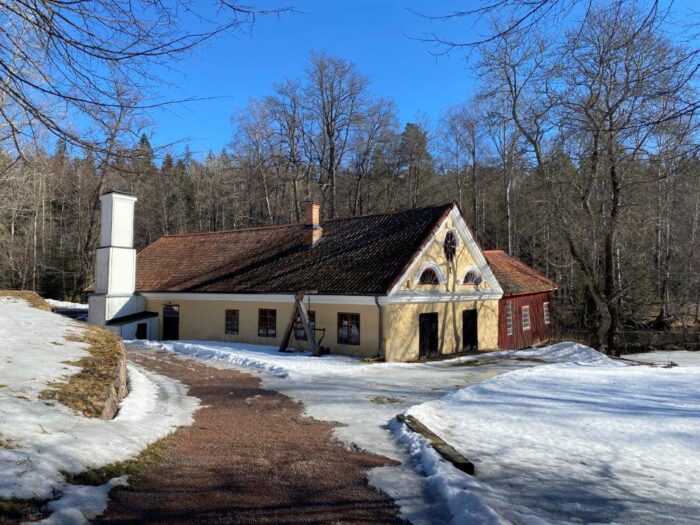


Things to Do and See
The industrial heritage of Ängelsberg is impressive and a reason in itself to explore the area. The short distance between these sights makes it possible to even explore them on foot or by bike. The ironworks as a UNESCO site and the world’s oldest still preserved oil refinery give an indication of what the sights have to offer.
Oljeön
The world’s oldest still preserved oil refinery can be found on an island in rural Sweden. Oljeön, literally the “oil island”, is where Engelbrergs Oljefabrik was established in 1875. This is today a museum and accessible during the summer months with the boat Petrolia.
Engelsberg Bruk
Engelsberg Ironworks was lised as a UNESCO World Heritage Site in 1993. It was built in 1681 and is today considered a well-preserved industrial heritage location with a lot of the equipment intact. A walk along the industrial and residential buildings is one way to experience the past and industrial history.
Skulpturparken
In English, this is the sculpture park and it was established in 2003. The park includes several sculptures from artists like Peter Tillberg and Lars Vilk.
Ängelsberg Station
Ängelsberg Station was once a stop between Ludvika and Stockholm. The station building dates to the year 1900 and even though the interior has been changed by owners after the closure of the train station, the exterior is still considered an important architectural heritage.
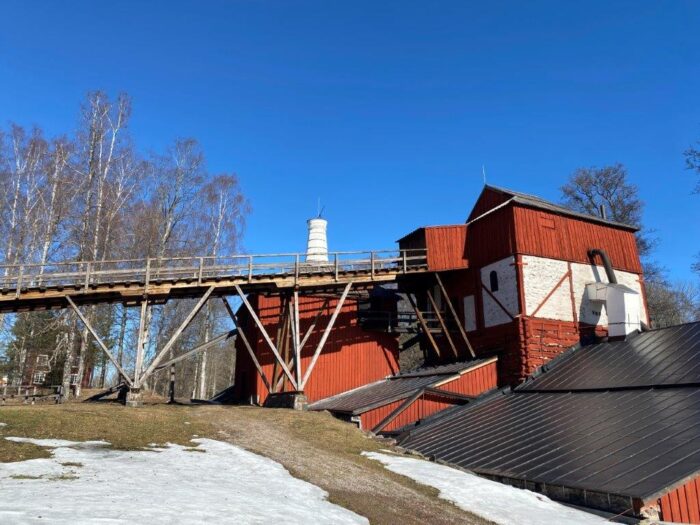
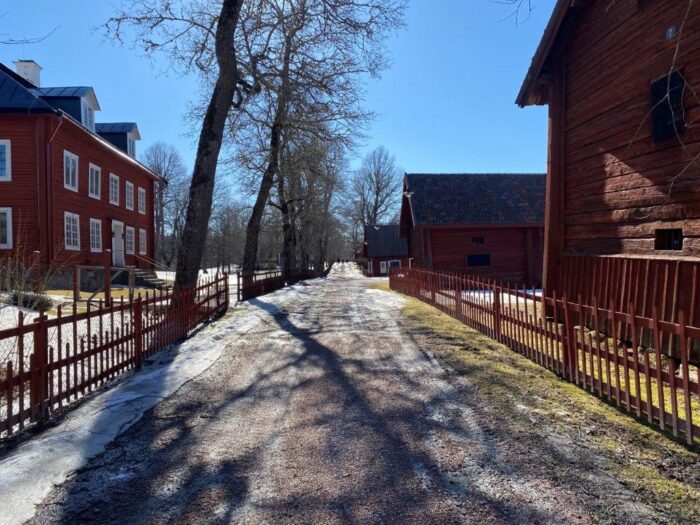
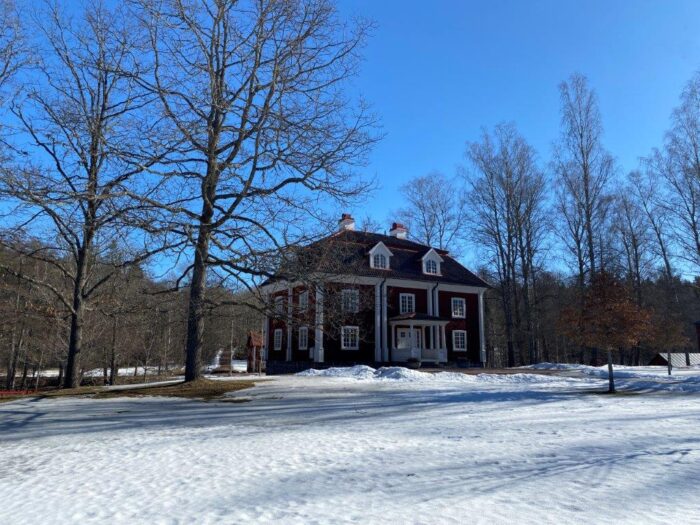
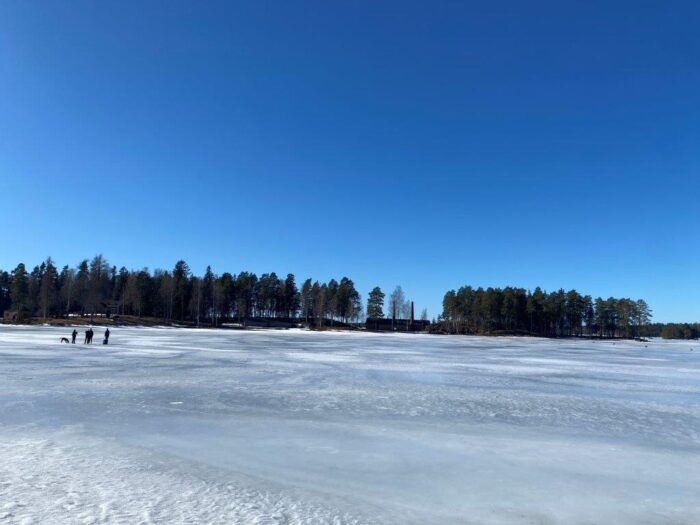

How to Get to Ängelsberg
- Flights: Borlänge Airport (BLE), or Dala Airport, is 81 kilometers to the north, and Stockholm Västerås Airport (VST) 64 kilometers to the southeast.
- Car: Ängelsberg is along countryside roads east of Fagersta.
- Bus: Buses from VL connect Ängelsberg with the surrounding region.
The driving distance from 5 major Swedish cities, according to Google Maps:
- Stockholm – 165 kilometers (1 h 52 min)
- Gothenburg – 406 kilometers (4 h 36 min)
- Malmö – 626 kilometers (6 h 36 min)
- Linköping – 226 kilometers (2 h 49 min)
- Kiruna – 1188 kilometers (14 h 14 min)
Find out more about other destinations in Sweden by visiting our page Exploring Sweden






